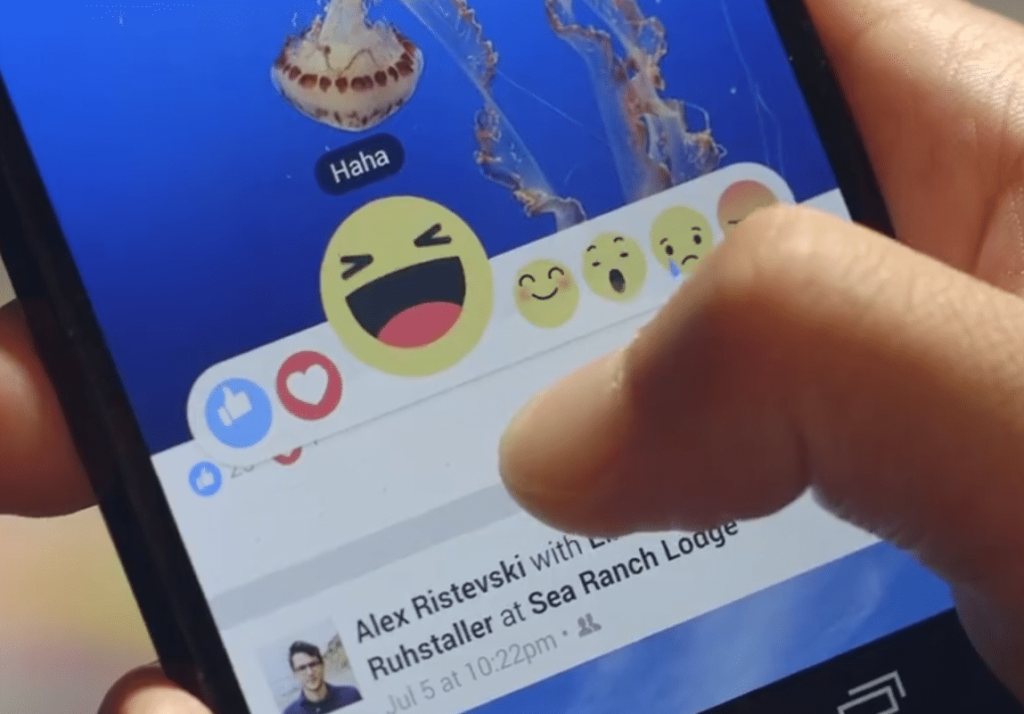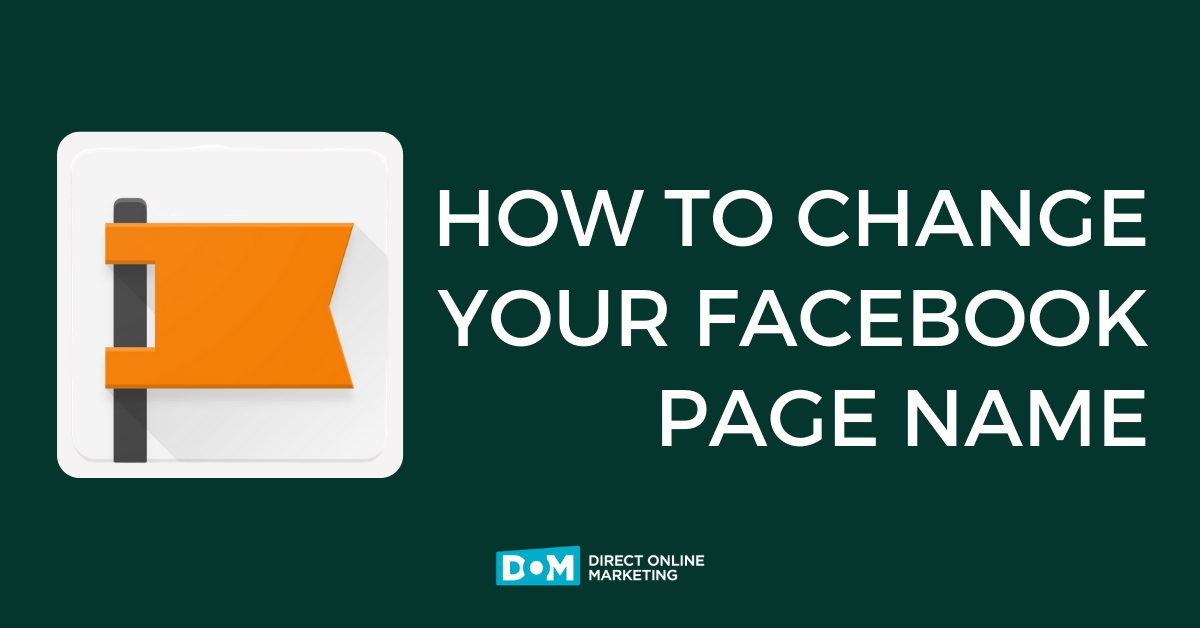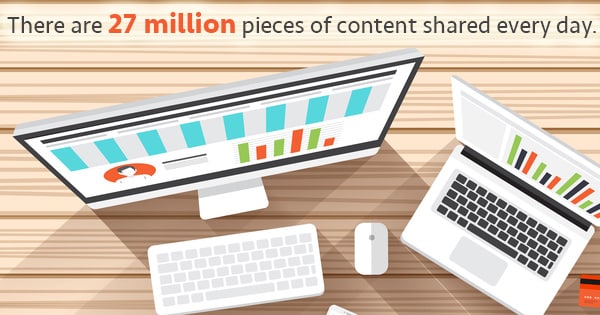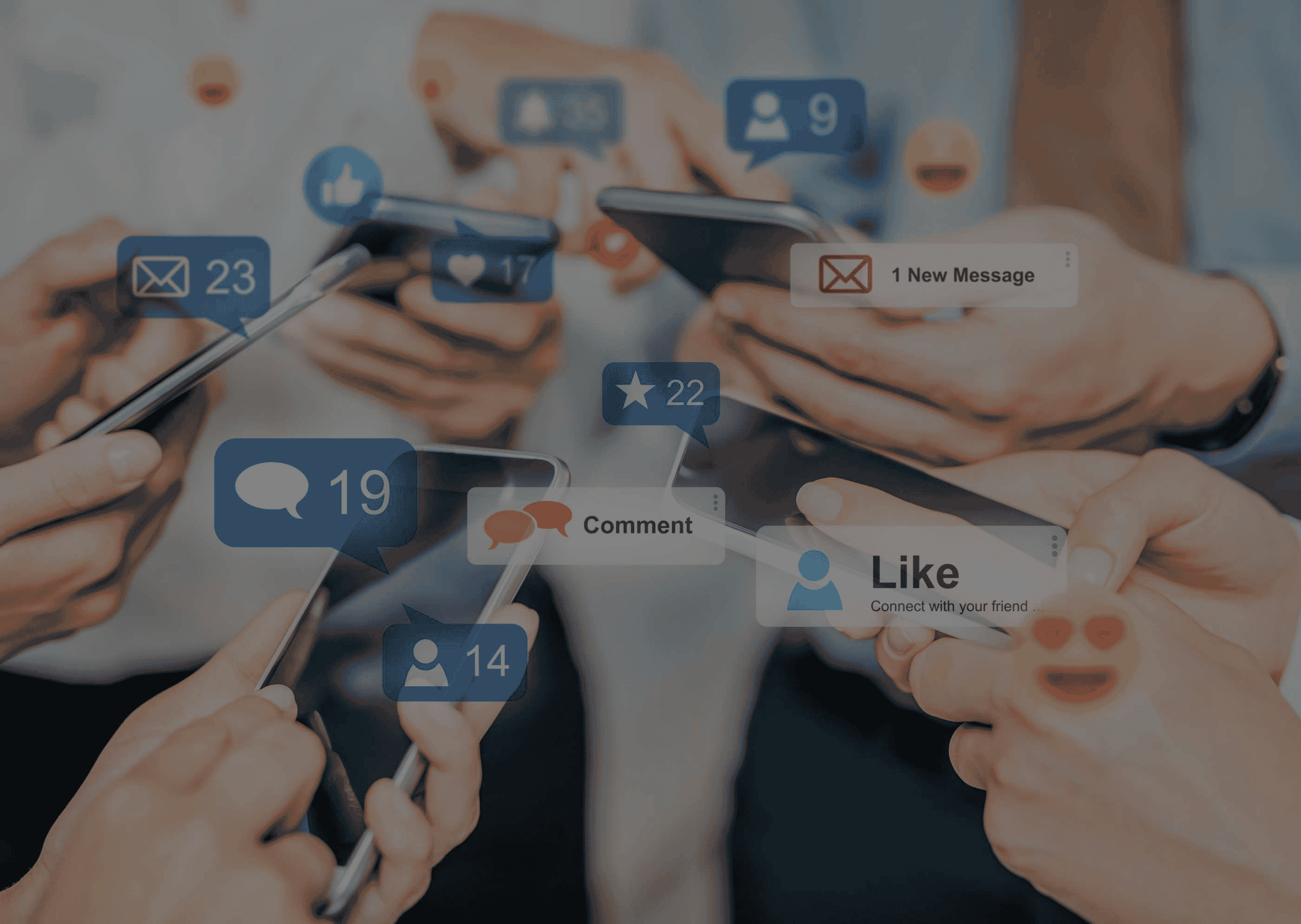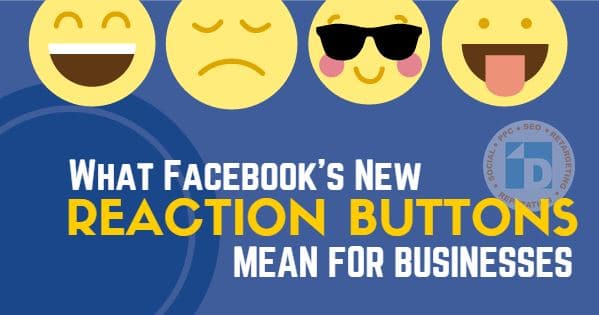
Back in 2006 when Facebook was growing fast (beyond just on college campuses) and “poking” your friends was still a thing, the Like Button was still 3 years from becoming reality. In the early development of the Like Button’s creation, Facebook originally wanted to call it the “Awesome” button.
It’s probably a good thing they didn’t since the word “Awesome” most likely doesn’t resonate with the majority of people over the age of 50. As older users continue to be the fastest growing demographic on Facebook, the universally recognized thumbs-up works quite nicely.
This guy gets it. (Photo Credit: flickr)
By taking an easily recognized form of nonverbal communication and allowing users to actively show one another their approval, the Like Button has become synonymous with Facebook’s brand.
(Which by the way, don’t forget to like us on Facebook. Why, you ask? Well because we’re constantly posting cool stuff! Naturally.)
The Problem with the Like Button
As the social network matured, Facebook began to notice a flaw in the Like Button. Users weren’t just sharing funny cat videos; they were sharing everything.
Moments of extreme happiness, frustration, or even tremendous grief. Users were (and still are) sharing everything happening in their lives on Facebook. So when your friend lost his job because his company was downsizing, is it really appropriate to like his status written in anger?
Introducing the Empathy Buttons
Despite what many rumored to be the creation of a Dislike Button, Facebook has remained firm that such a thing would never exist. But we now know empathy buttons are very real and will be available soon.
Here’s how reactions will look on mobile devices.
To expand on the Like Button, Facebook will soon be rolling out new emoji-style reaction buttons that users can choose from when interacting with posts in their News Feed. Despite Facebook being hesitant to adopt animated GIFs in the Newsfeed, they’ve openly embraced emojis for some time now.
The Impact of Facebook Reactions
If you’re familiar with how Facebook’s News Feed algorithm works, then you probably know that engagement plays a huge role in what content users are seeing in the News Feed from people and pages they follow. Currently, the number of likes, shares, and comments serves as the primary indicators of how well posts are performing in terms of user engagement.
That’s probably about to change . . . slightly.
With the addition of these buttons, you should know Facebook is going to collect every bit of data they can. It’s more than likely that the News Feed algorithm will become more complex and serve appropriate content to users by their actions.
How Businesses Should Prepare
Empathy buttons are currently in beta for users in Ireland and Spain because as Facebook’s director of product Adam Mosseri says, “. . . both have largely national user bases without extensive international friend networks, so they work better as closed test groups.”
So breathe easy: there’s still time!
Like a rainbow of emotion.
As the new emoji reactions begin to roll out, users may be hesitant at first to adopt them. And there may even be a large number of users who won’t use them at all simply because emojis just aren’t their thing. With big brands like Verizon using emojis in their ad campaigns, emojis are probably here to stay for the time being.
Think of these reactions as filters for the content you may want to post to your page. So before you post, try to judge which category your content may fall under.
Keep It Positive
It’s safe to say that if a Facebook user “unlikes” or hides posts from a page they follow that they don’t like what they’re seeing. This will still be true, but Facebook may take into account that if a user chooses to react to posts with the “Sad” or “Angry” buttons, these will be viewed as negative actions.
Until some definitive research is done on the impact of users reacting with negative empathy buttons, it’s best to err on the side of caution and just avoid posting content that will upset your followers (kind of a no-brainer, really).
Emoji-Inspired Content
As far as the “Haha,” “Yay,” and “Wow” buttons, you should be actively thinking about content catered to drawing the appropriate reactions.
For example, let’s say you own an outdoor and adventure sporting goods supply store and you want to post something to get a lot of “Wow” reactions. So you and your team head up to the nearest cliff with your GoPros and film a jaw-dropping video about cliff diving. You’ll probably see more “Wow” reactions than the others.
Love It or Like It
Our guess is that when empathy buttons are made available, people will still use the like button more. It’s what users are familiar with and is a slightly more neutral form of approval in comparison to the other buttons.
What will be interesting to see is how users may take advantage of the “Love” button. While the concept of the Like Button is almost universal across social platforms, there is no distinction between how much a user likes a post or piece of content. Just know that if after a few months you’re able to recognize which of your posts is getting more “love,” you should probably try to create more posts like that since this will be a good indicator of your best content.
Social media is constantly changing, so it’s critical to be open to experimentation. Any changes should be met as a new opportunity to engage your fans and leverage social media to grow your business.
Of course, if these coming changes are making you nervous, we have quite a few awesome team members who love to talk all things social media. So if you want to talk strategy, we’re available!

